Can we absorb the shock of climate migration?
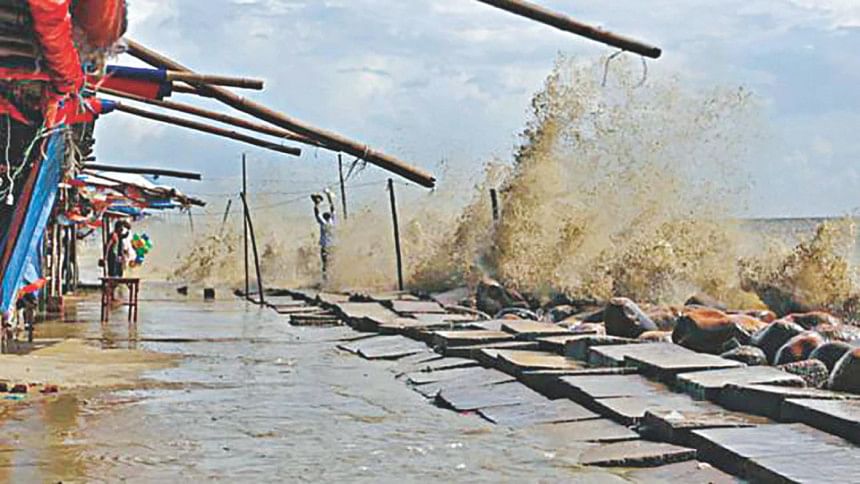
In 2016, I led my band of misfits, aka Team "Little Wins," to the Shanghai semi-finals of the Hult Prize. For those of you who may not know, the Hult prize is the world's biggest platform for social startups emerging from universities all across the world. Each year, the organisers issue a big, bold challenge aligned with a large market opportunity meant to inspire and enable the world's brightest minds. They throw down the gauntlet and call into action the university students to solve a specific problem by building a lean startup.
Last year's challenge was predicated on resolving the income issue of people living in "crowded urban spaces." The official challenge document read, "Almost 1.5 billion people live in crowded urban spaces and more people each year are migrating to the cities, displaced by lack of economic opportunities, extreme poverty and climate." Hence, couched in legalese, the Hult prize team was asking the youth of the world to come up with novel economic opportunities for Climate Refugees—a term which is yet to be recognised officially. And this was my first brush with the people most susceptible to the perils of climate change.
The geographic location of Bangladesh is a double-edged sword. It makes our soil rich and fertile, but at the same time, makes us vulnerable to the wrath of Mother Nature. Situated in the wide Ganges delta plain with a coastline about 700 kilometres long and with most of the country sitting at less than 12 metres above sea level, Bangladesh is extremely exposed to natural hazards. Floods, tropical cyclones, drought, and storm surges occur all too frequently. This poses a problem for people whose lives and livelihoods both lie at the mercy of nature's erratic dispositions. After a natural disaster hits, people usually pick up the pieces and continue with their lives. But more often than not, coping mechanisms fail to deliver and migration seems to be the sole alternative. This is where things get a little convoluted.
According to Oxfam, "every day, 4,000 Bangladeshis are moving to cities in search of a safer life, away from the challenges of increasingly extreme weather." Internal mass migration is indeed a pressing problem for Bangladesh. But how much of it is due to climate change is open to debate. For decades, people's livelihoods have been affected by negative environmental impacts such as deforestation, soil degradation, erosion and salinization, forcing them to flee to cities in search of a new life. From this perspective, one might call them "environmental migrants." Extensive academic research needs to be conducted to establish a causal link before a conclusive use of phrases like "climate migrants" or "climate migration."
But one can argue that a debate over semantics is pointless and serves no purpose. If these people are not climate migrants yet, they (or their children) soon will be. A one-metre rise in sea level—a very likely scenario in this century—would submerge a fifth of the landmass of Bangladesh and render 30 million people homeless. We are heading toward a precipice at breakneck speed.
However, the portrayal of mass mobility as a singular and unidirectional process is also misleading: People leave for good, they never come back. But the reality suggests otherwise. For example, most survivors of heavy tropical cyclones are only temporarily displaced and they return quickly. Also, often only men move to nearby cities to work, while their families stay back. But it is quite evident that a large chunk of the migrants is permanently displaced by shocks, be it environmental or climatic. And certain initiatives are in place to address their needs.
The Government of Bangladesh has been undertaking an initiative, the Asrayan Project, aimed at rehabilitating homeless and landless families affected by river erosion. During the first phase of the project, from 1997-2010, a total of 58,703 families were provided with new housing and employment opportunities (Finance Division, 2011). A second phase of the project, Ashrayan II, was launched in July 2010, with the goal of assisting an additional 50,000 home- and land-less families. While this project has had largely positive impacts, the differential between the influx of new migrants and the amount rehabilitated remains a significant source of concern.
Also of paramount importance is the tailoring of policies to fit the needs of local people. In case of sea-level rise and salinization, for example, policies should facilitate anticipated migration by promoting resilience and reducing loss and damage as much as possible. In case of those displaced temporarily by extreme events, the government should take steps to ensure that these individuals can return home as soon as possible.
For those who migrate across borders, national and international protocols should be in place to address the issue of migration with the aim to increase the ability of communities and ecosystems to absorb shocks. Misguided policy implementation can have severe consequences. An aid project which did not take account of Bangladesh's massive monsoon rainfall built dykes and created Dutch-style polders. During the fall season, it flooded and then waterlogged the land in the polders. The land was rendered unfarmable as a result, forcing thousands to move in recent years. So, in the context of addressing climate change impacts, the prescience and levelheadedness of policymakers cannot be overstated.
Climate refugees still have no legal standing under international law. No binding global agreements contain provisions for them, despite the first assessment report by the Intergovernmental Panel on Climate Change in 1990 suggesting that "the gravest effects of climate change may be those on human migration." In such trying times, we get to see Scott Pruitt, a notorious climate change denier, to be appointed as the head of the Environmental Protection Agency of the United States. The Trump administration's crusade against climate science may shift the epicentre of the fight against climate change to China, a fight in which Bangladesh is one of the essential battlefronts. We need sufficient funding and technology to rebuild our infrastructure, reduce loss and damage and create a more resilient Bangladesh. But we also need to mainstream migration strategies into national development plans and policies. We do not have the capacity to accomplish all these on our own. We need help from the developed countries of the world.
Meanwhile, aid agencies and the media can help Bangladesh by telling the stories of Bangladeshi people whose lives have been turned upside down by extreme environmental events. Perhaps, making broad generalisations to conflate "climate refugees" with "environmental migrants" is a pardonable sin for the greater good. By the time academicians agree on the right label for these people by establishing causality beyond all reasonable doubts, the transition from environmental to climatic migration may already have happened. It is never too early to take a proactive approach to addressing climate change, or for that matter, climate change-induced migration. But it will be too late to pump the brakes after the proverbial bus has run off the cliff.
Zihad Azad is a student of EEE department in BUET. He directed the short film "The Outlanders" based on climate refugees that won an honourable mention in the International Mobile Film Festival 2015 held in Paris.
Sources:
1. "A Range of Approaches to Address Loss and Damage from Climate Change Impacts in Bangladesh", Ainun Nishat, Nandan Mukherjee, Erin Roberts, and Anna Hasemann
2. "Planning for Adaptation in Bangladesh: Past, Present and Future", Saleemul Huq, Mizan R Khan
3. "What will become of Bangladesh's climate migrants?", Megan Darby, Climate Home News, August 2017
4. Climate Change and Internal Migration in Bangladesh-Bundeszentralefürpolitischebildung, November 2015



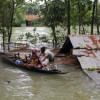
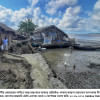
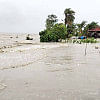

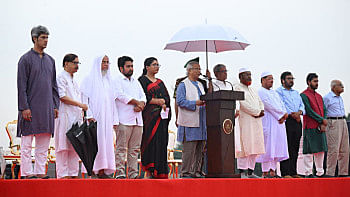
Comments